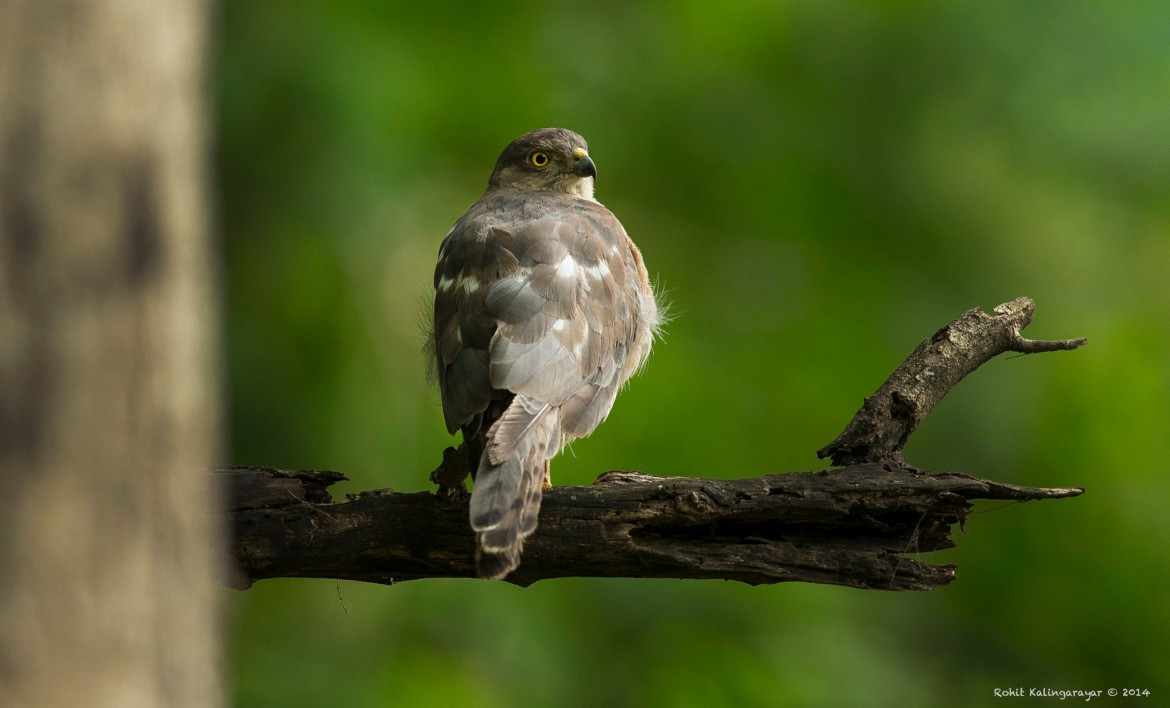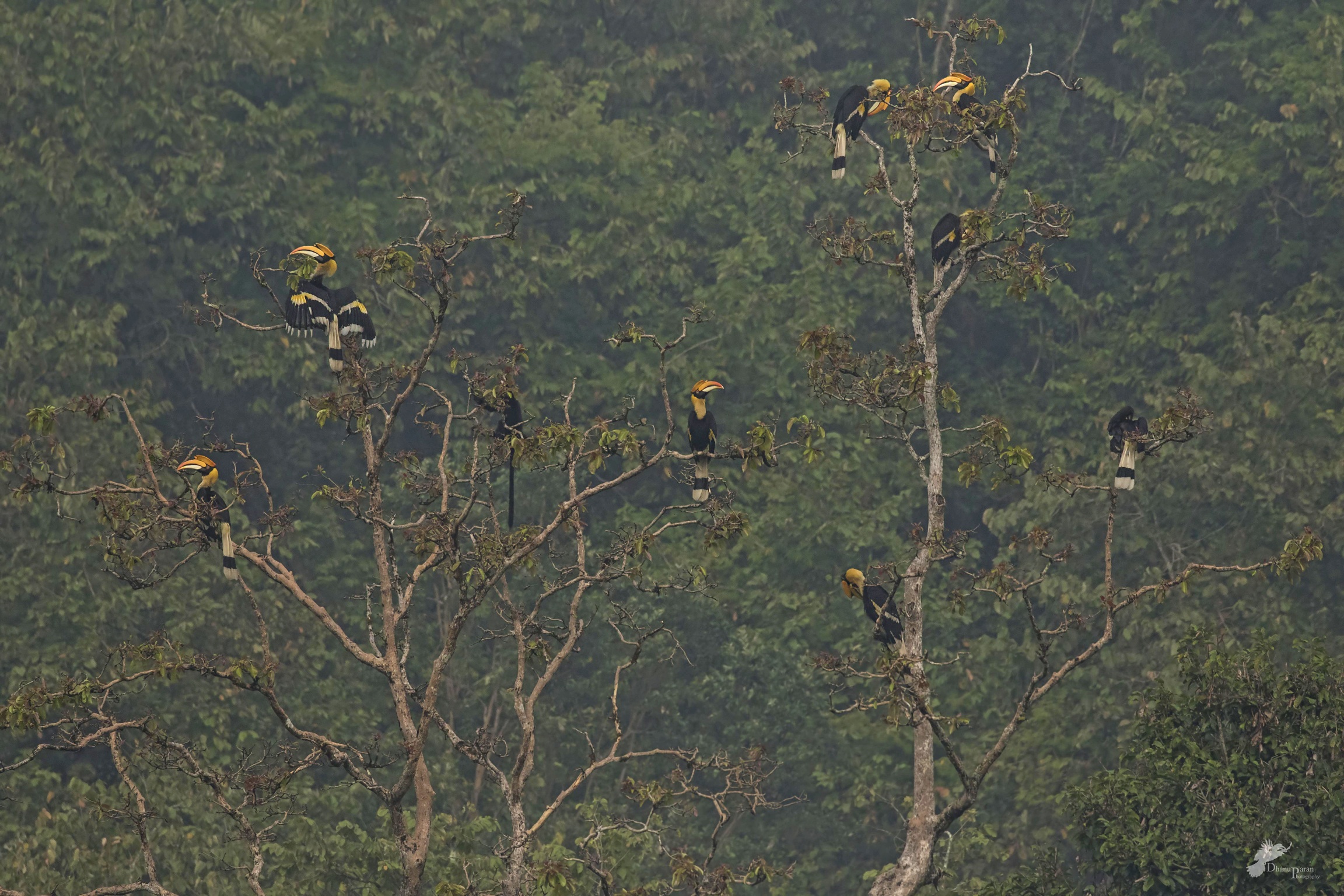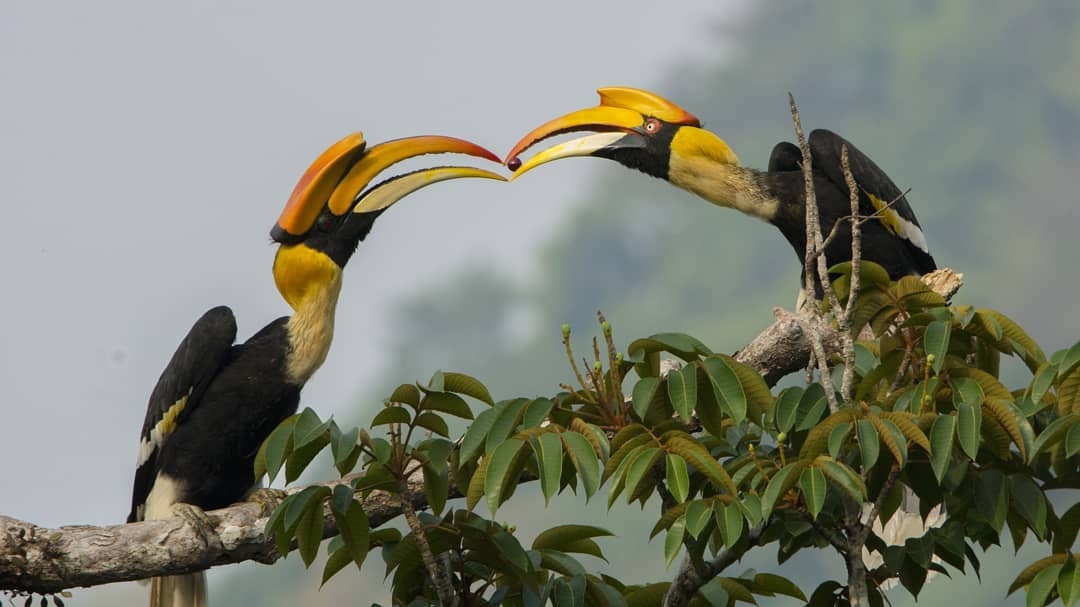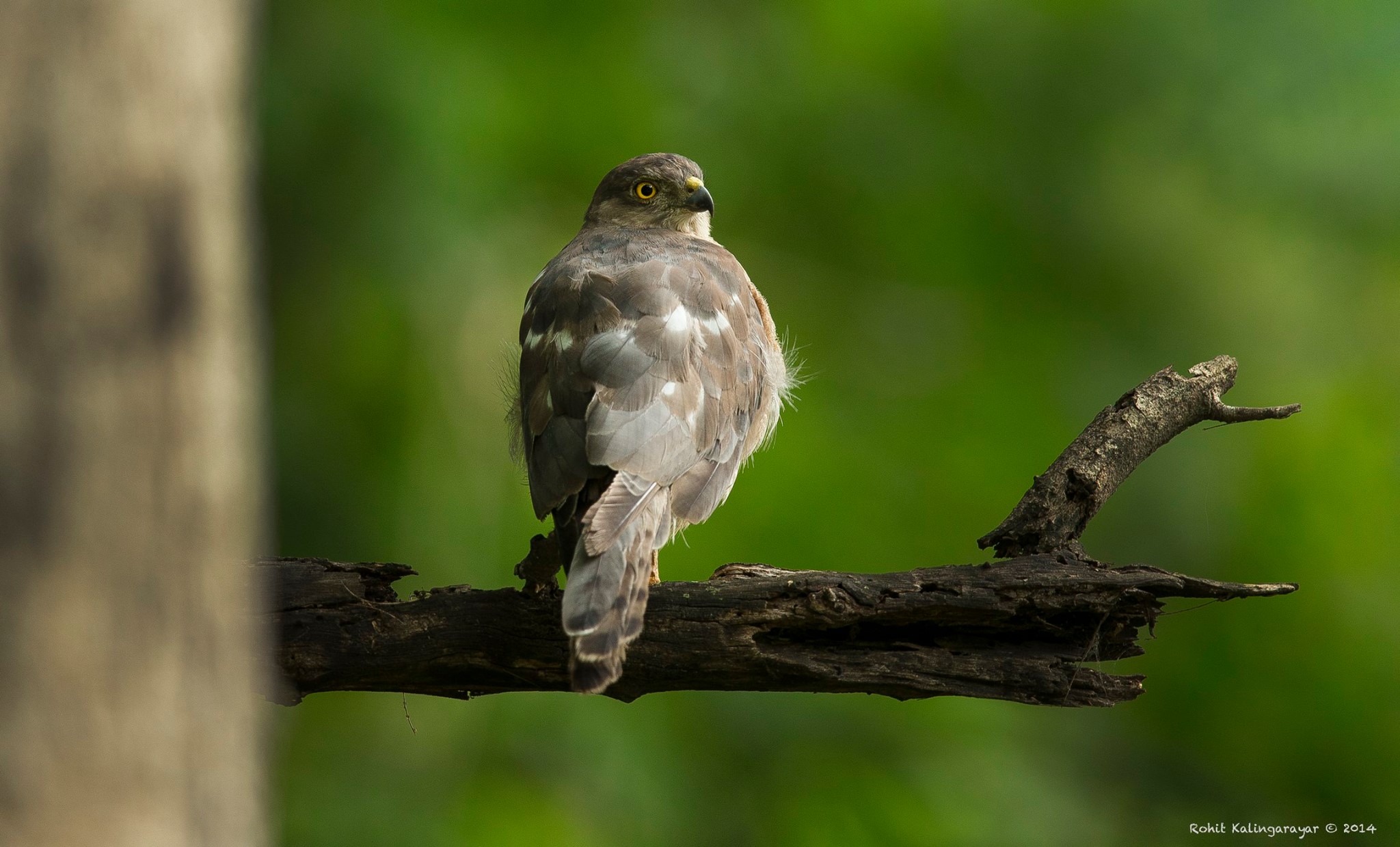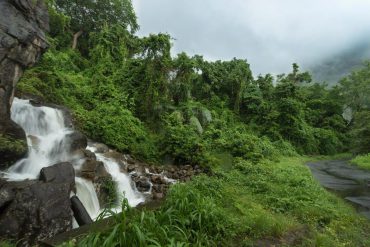In today’s wildlife fascinated world, everyone has a big wish-list to travel around the globe to photo document wild animals like Tigers, Leopards, Rhinos, Lions, Hippos, Jaguars, exotic Birds et al, and I don’t think anything is wrong with that. To me, photographing wildlife and showcasing it to the world is a form of conservation. Trying to make people involve as much as they can in conservation and bringing about awareness is the future of all wildlife in my humble opinion. But where does all this conservation and creating awareness start? In the wilderness in Corbett? Or in the remote jungles of Pantanal? Or in the Land Rover roaming the vast prairies of Kenya? Highly knowledgeable people in the wildlife fraternity may be working in exotic locations today, but where they really started off, is in their back yards.
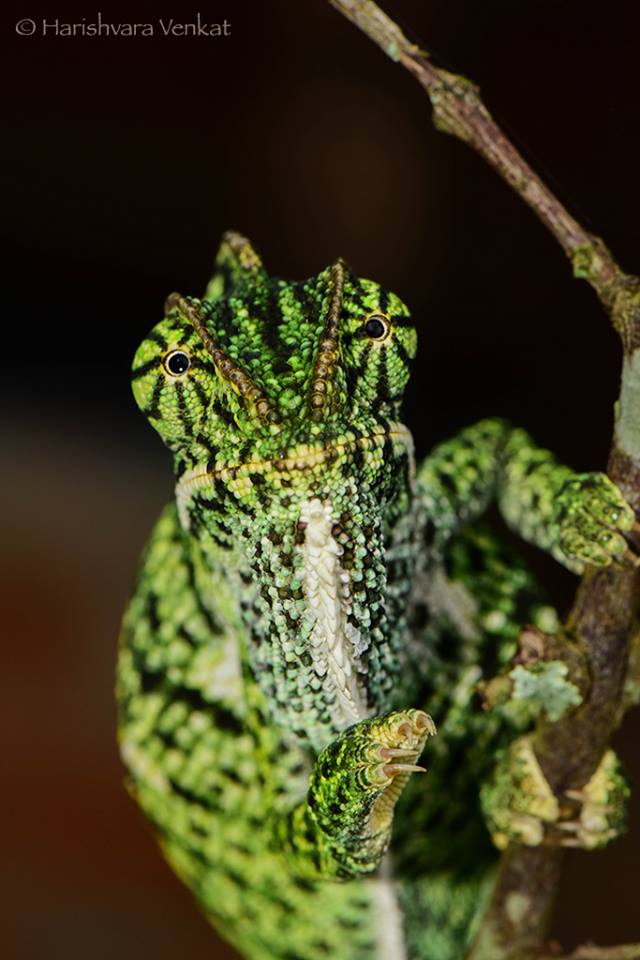
As much as Tigers and other exotic endangered species are important to have a balance in the eco system, we should not forget the humble, lesser known reptiles, amphibians, birds and small mammals that one gets to find in our backyard or around our homes.
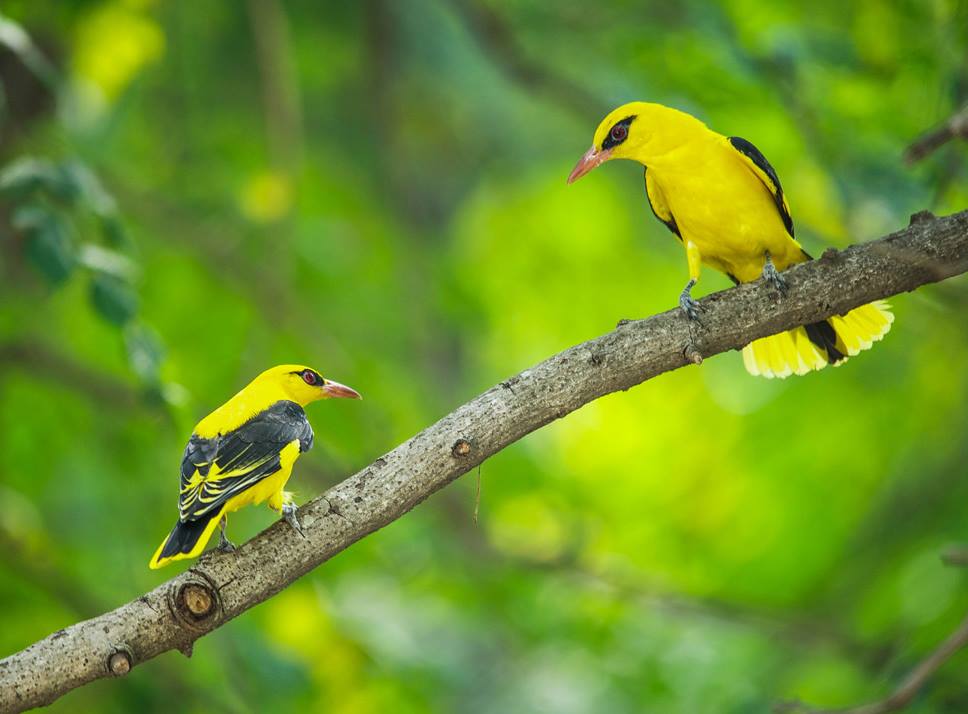
Hailing from a place like Coimbatore, we are blessed to be surrounded by the mountain ranges of Western Ghats and being located in such a strategic location has its own advantages with wildlife. By wildlife I mean anything and everything that does not belong to the domestic house hold. Even a species of gecko that can be found inside a human dwelling is wildlife, the snakes, the birds that we spot in the lake nearby, the lizards and the anthropods on the empty plot next door, is all wildlife!
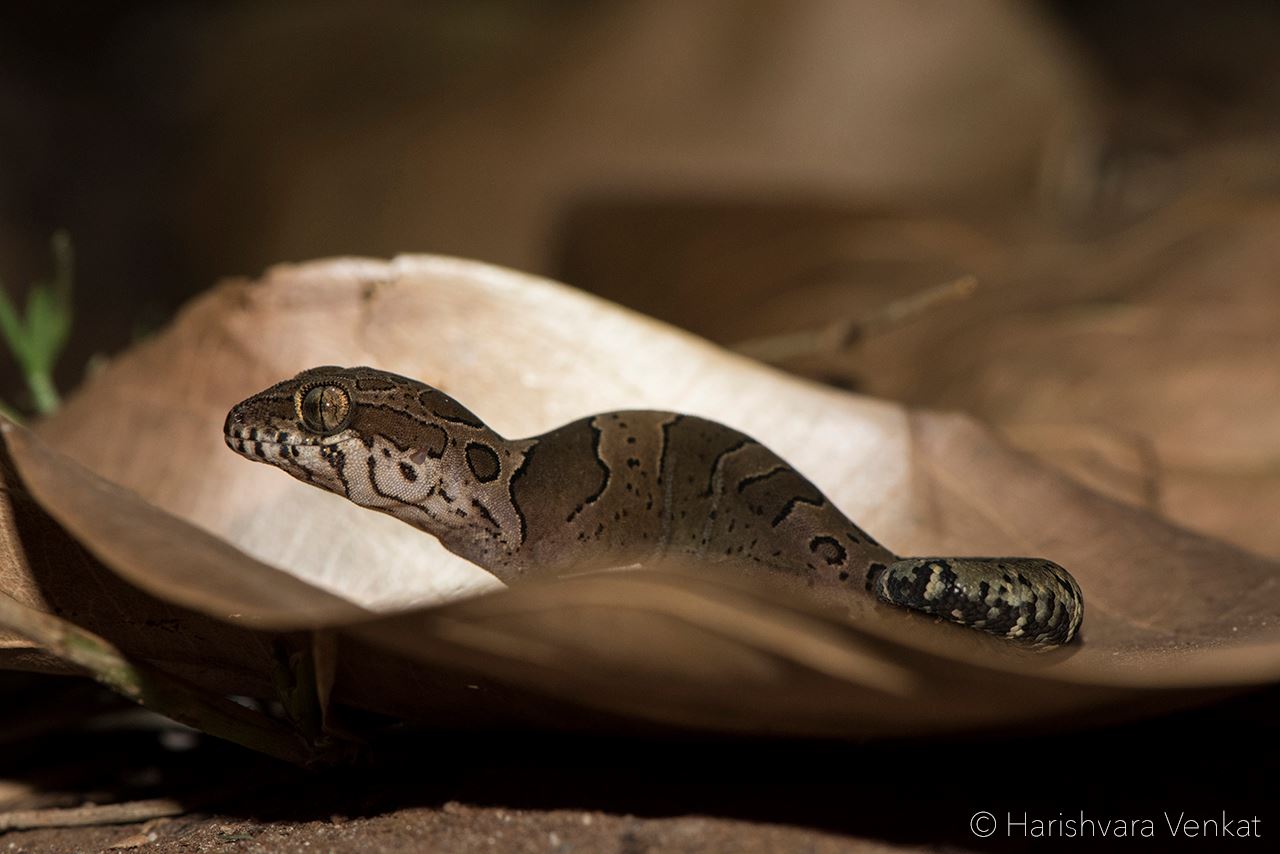
I wasn’t photographing macro fauna until I took part in setting up a Field Research Station in the southern Maharashtra, to photo document the inherent species of reptiles, amphibians and other invertebrates. It is then that I took a fascination to these utterly beautiful, colorful, interesting looking, small creatures like frogs, toads, insects, caterpillars, snakes, etc. Once I got back home after a 6 day trip to Maharashtra, I started looking for tiny monsters in the pursuit of mastering macro photography.
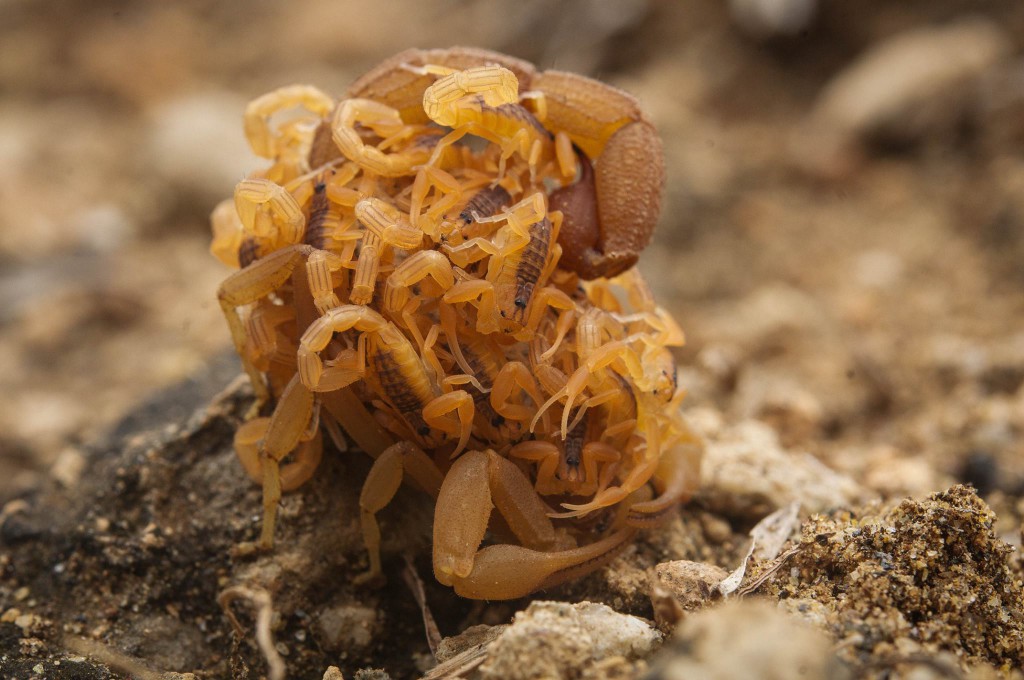
Recently, I also happened to help a herpetologist friend in surveying geckos of Coimbatore. In a fortnight we found numerous species of amazing looking geckos and snakes in places that I never imagined finding such exotic looking creatures.
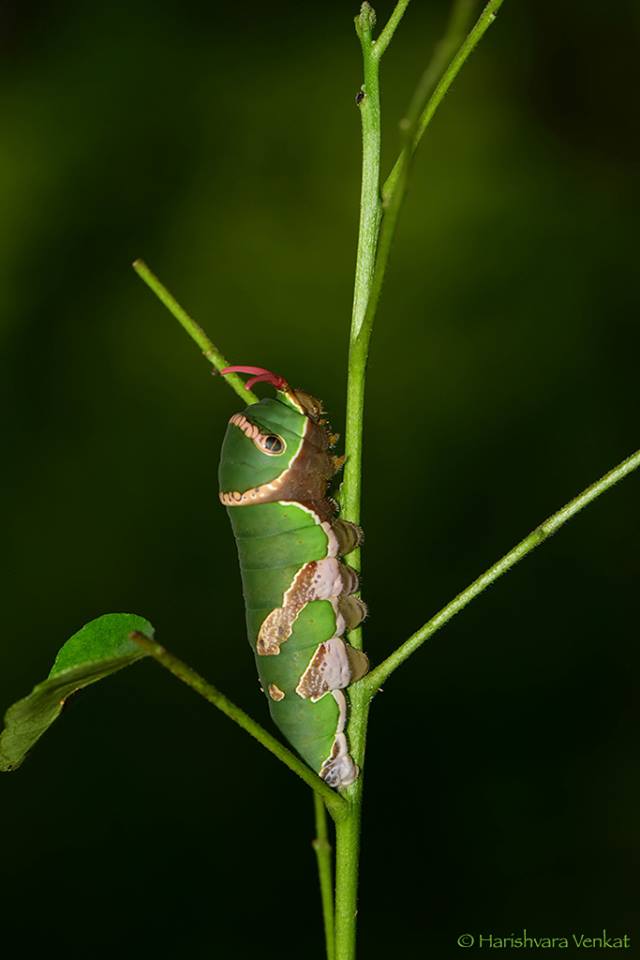
The general visibility about these lesser known macro fauna is very less. Take snakes for instance; there are hundreds of snake species in India but only a handful are lethal and can kill human beings in a matter of few hours. But to a common man’s eye, every snake is deadly. Wolf Snakes for instance are misunderstood for Common Kraits because of their appearance, the latter being one of the deadly 4 snakes in India, while the former is a non-venomous reptile.
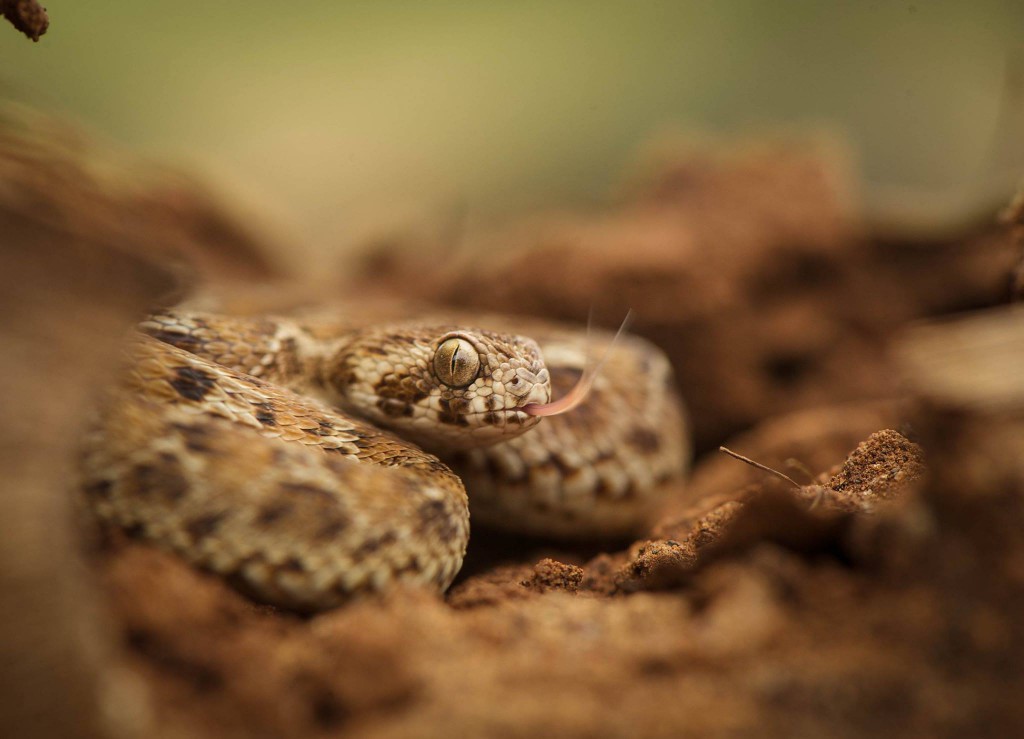
Reptiles and amphibians are very sensitive creatures. Being cold blooded animals they cannot regulate their body temperature. They rely on the external elements for maintaining body temperature which is why living in an intact habitat is crucial for them. Every one of us may have noticed this, frogs croaking right after a heavy down pour. The first ray of sunlight after the rains is when the cold blooded creatures come out to bask in the warmth.
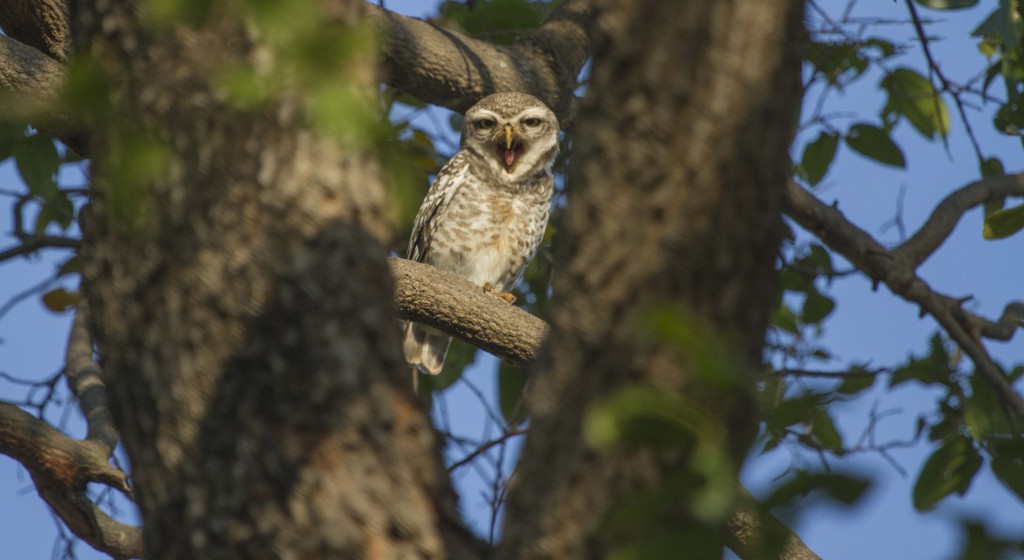
There is so much to learn and photograph just by observing one’s backyard carefully. Unlike the time restraints that you have in the wildlife sanctuaries, here you have all the time to observe, learn and photograph the little critters that you find around the comforts of your home.
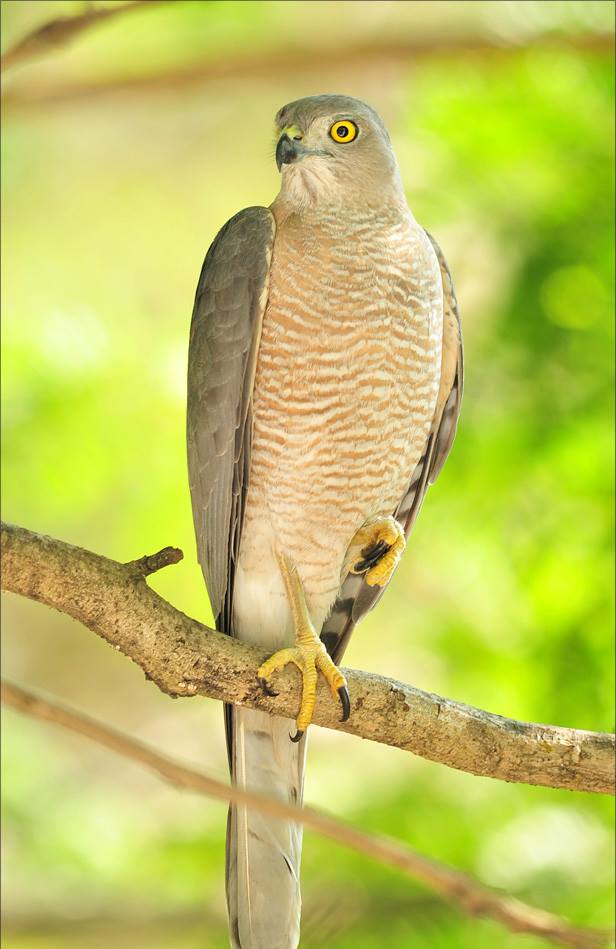
Once you become a keen observer of birds, reptiles and macro fauna, you will start understanding how fast their habitat is diminishing with the current trend of habitat destruction in the name of development. At least you can do your bit to save the little that is available at your doorstep.
Just like charity, even photographing wildlife can start at home!

